-
- PCB TYPE
- PRINTED CIRCUIT BOARD PROTOTYPE ALUMINUM PRINTED CIRCUIT BOARD R&F PCB FPC HIGH FREQUENCY PCB HIGH-TG PCB HEAVY COPPER PCB HDI PCB PCB FOR LIGHTING METAL CORE PCB
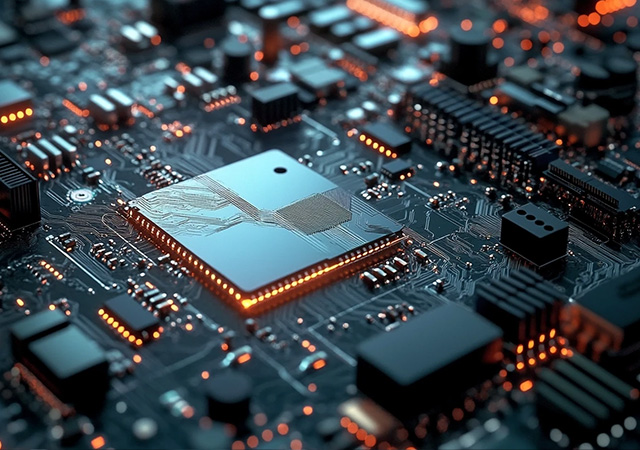
Discover the key advantages of choosing a blind and buried vias PCB manufacturer to enhance your high-density interconnect projects with optimized space, flexibility, and signal integrity.
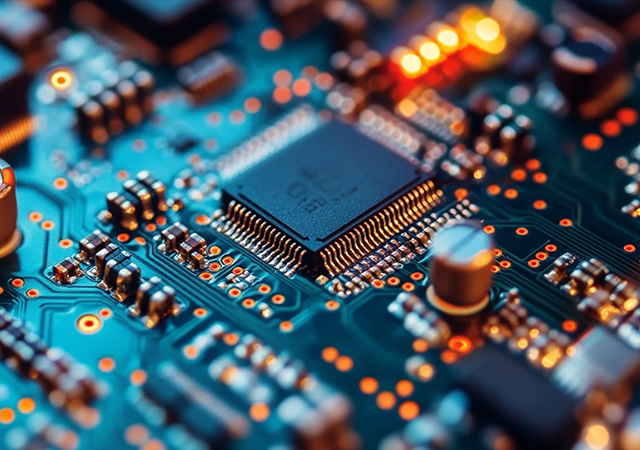
Discover expert RF application vias PCB manufacturer insights. Learn about design, fabrication, and choosing the best PCB manufacturer for your RF needs.
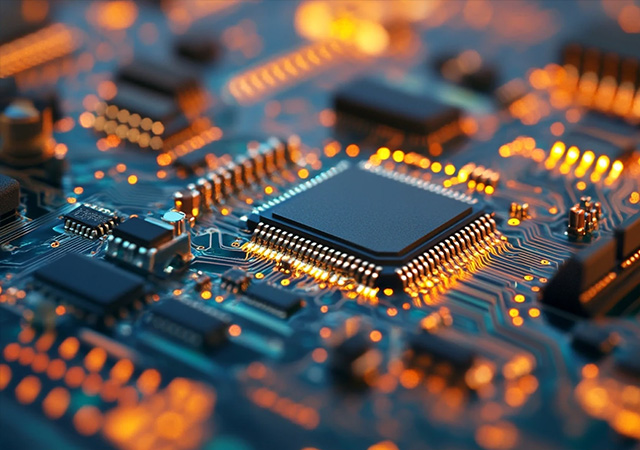
Discover the advanced world of HDI blind buried vias PCB design and manufacturing. Learn how to choose the best maker to enhance your electronic projects.
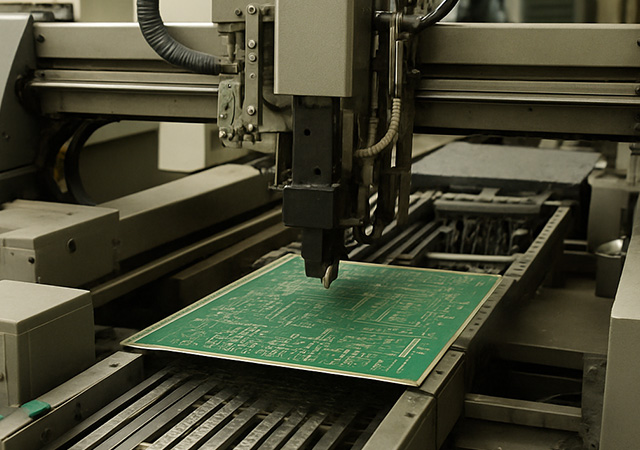
Choose the best PCB manufacturer to match your specific needs and enhance project success. Compare quality, cost, and expertise for optimal results in custom and standard PCB solutions, including assembly services.
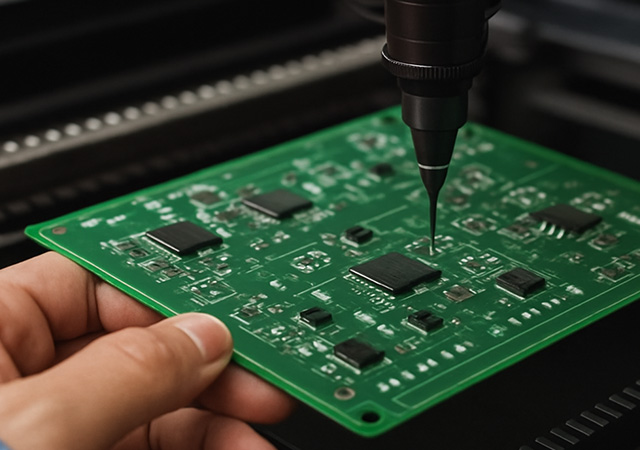
Find the ideal PCB fabrication manufacturer to elevate your electronic device's performance with our comprehensive guide. Ensure top-quality printed circuit boards and seamless PCB assembly services from trusted experts.

Got project ready to assembly? Contact us: info@apollopcb.com



We're not around but we still want to hear from you! Leave us a note:

Leave Message to APOLLOPCB
